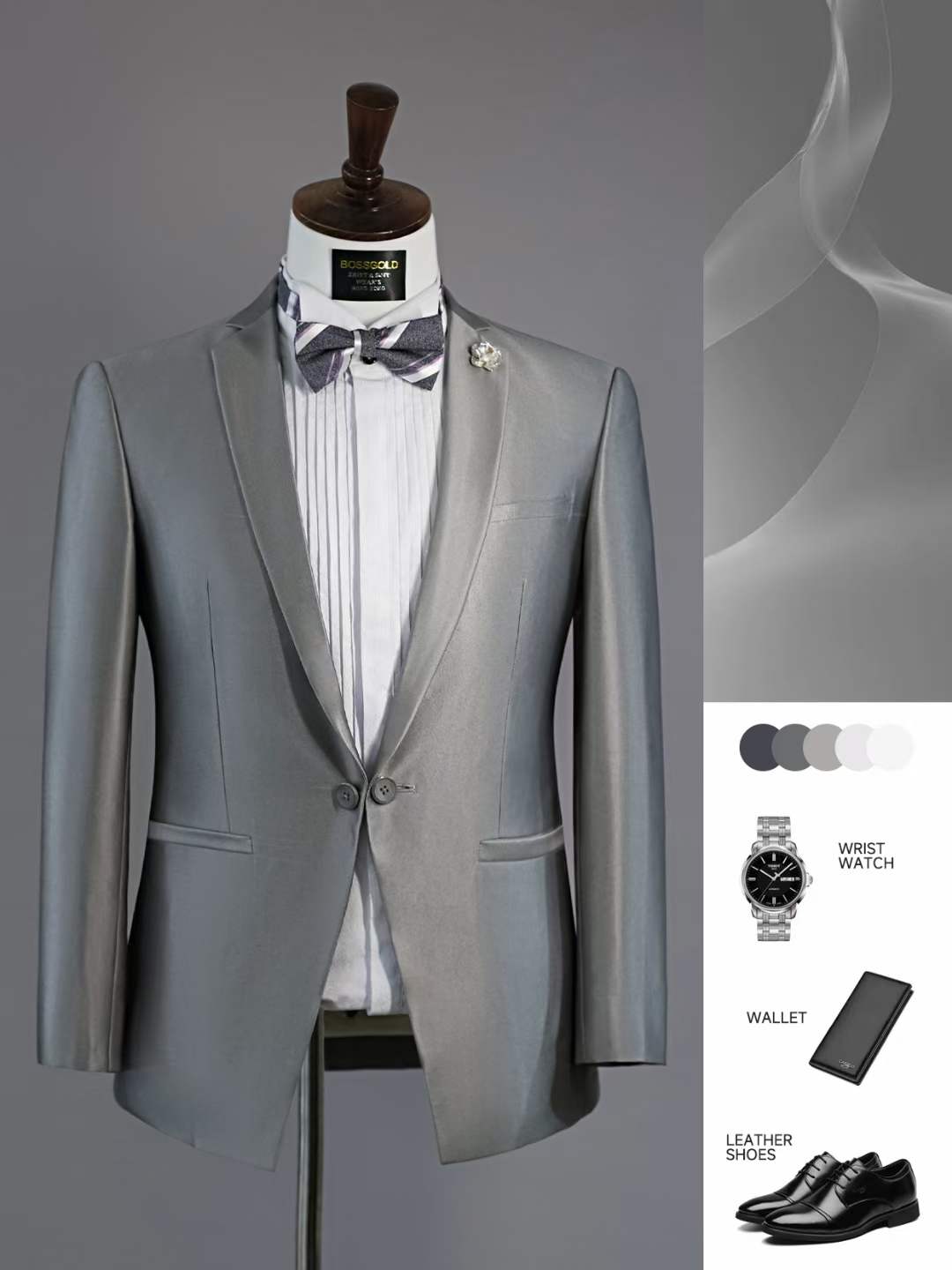In the intricate tapestry of human society, clothing has always been a potent symbol. Among the myriad of garments, the suit stands out as a particularly powerful emblem of social status, professionalism, and identity.
The Historical Context
Historically, clothing has been a clear indicator of one's social standing. In ancient civilizations, colors, materials, and designs were often reserved for the elite. The suit, in its earliest forms, was no exception. Tailored clothing, which required skilled craftsmanship and quality materials, was a luxury few could afford.
The Rise of the Bourgeoisie
With the advent of the Industrial Revolution and the rise of the bourgeoisie, the suit became more than just an attire for the aristocracy. It became a symbol of the new middle class - businessmen, lawyers, and other professionals. The dark, well-tailored suit became synonymous with respectability and success in the burgeoning capitalist society.
Suits in the Modern Era
In today's globalized world, the suit is a universal symbol of professionalism. From boardrooms in New York to conferences in Tokyo, the suit is the standard attire for professionals. However, the nuances of the suit – the cut, the fabric, the accessories – can speak volumes about one's specific status and identity.
For instance, a bespoke suit from Savile Row or a designer label like Armani or Hugo Boss often signifies a certain economic status. The choice of tie, watch, and shoes can further accentuate one's identity, be it subtle sophistication or flamboyant luxury.
Beyond Professionalism: The Suit as a Cultural Statement
While the suit is primarily seen as professional attire, it has cultural and even political implications. In many cultures, wearing a suit to social events like weddings or religious ceremonies is a sign of respect and honor.
Furthermore, leaders like Nelson Mandela have used the suit as a political statement. Mandela's choice to wear a suit during his trial in 1962 was a powerful message – it emphasized his equality with the white magistrate and prosecutors.
The Casual Revolution and the Changing Dynamics
The late 20th and early 21st century saw a shift with the rise of tech billionaires and startups. Icons like Steve Jobs and Mark Zuckerberg, with their turtlenecks and hoodies, challenged the traditional norms of power dressing. The suit, while still significant, now coexists with a new definition of success that doesn't always require formal attire.
Conclusion
The suit, in its essence, is more than just fabric and stitches. It's a canvas that individuals paint with their aspirations, achievements, and identities. In a world that's constantly evolving, the suit remains a steadfast symbol of status, even as the definitions of success and power continue to transform.

